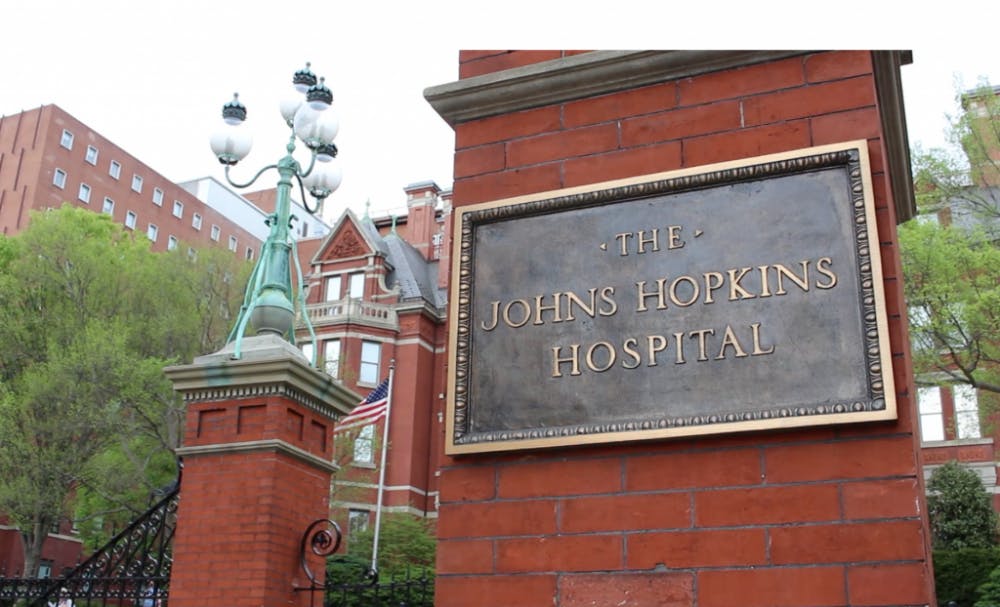The Baltimore Fire Department evacuated Cancer Research Building 1 and Cancer Research Building 2 at the Johns Hopkins Hospital on Thursday afternoon after a sample of tuberculosis was accidentally released on the covered bridge between the two buildings.
Tuberculosis, an airborne infectious disease, typically attacks the lungs and can be fatal if left untreated. According to the Center for Disease Control and Prevention, symptoms of tuberculosis include coughing, chest pain, fatigue, fever and loss of appetite.
The University notified the student body of the incident via email, asking students to refrain from travelling in the area until further notice due to a “potential biohazard situation.” The email explained that the area had been secured and that Baltimore Fire Department Personnel were onsite.
WBAL reported that officials at the hospital immediately shut off the heating, ventilation, and air conditioning systems and sent a text message to employees, informing them of the situation.
Kim Hoppe, director of public relations and corporate communications at Johns Hopkins Medicine, released a statement addressing the situation. According to WBAL, she said that a small sample of frozen tuberculosis was released in an area of the hospital that does not house patients. The two buildings that were evacuated are not connected to the main hospital.
Hospital officials believe that although there were employees in the area at the time, no one was exposed to the bacterial disease. An updated statement reported that there was no risk to anyone on the medical campus.
Hoppe explained that although the Baltimore Fire Department responded to the incident with hazmat protocols, the sample of tuberculosis did not pose a risk to people at the scene.
“The Baltimore City Fire and Rescue unit initiated hazmat protocols and, out of an abundance of caution, both research buildings were evacuated,” she wrote in an email to The News-Letter. “Public safety officials, as well as infectious disease experts, have now cleared the buildings, and the evacuation has been lifted. We have confirmed that there was no risk to anyone on campus.”
Hoppe commended officials for their response to the situation.
“We want to thank our employees for their quick response to the situation as well as the Baltimore City Fire Department,” she wrote.
Landon King, executive vice dean of the School of Medicine, also addressed the incident in The Baltimore Sun. King explained that the sample of tuberculosis consisted of only a few drops and did not pose a risk to those involved.
No one has been treated for tuberculosis since the incident, according to The Sun, and both buildings have since been reopened.





